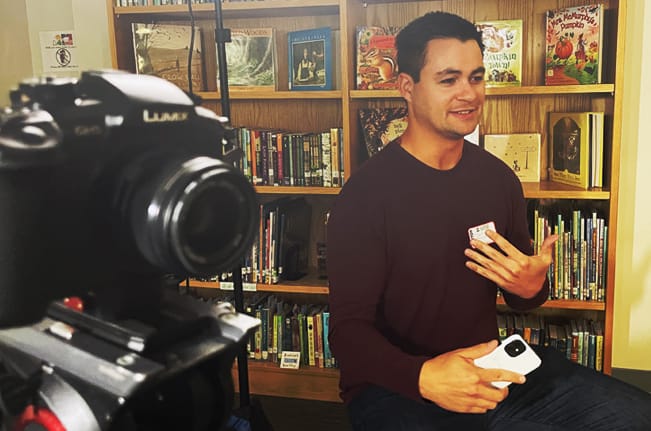How to Deal With Negative Comments, PR, and Criticism About Your Video
In general, negative comments and PR rarely escalate when it comes to smaller organizations’ and nonprofits’ video marketing campaigns. In our experience, people generally stay positive and supportive when these local organizations invest in video marketing to spread a message of goodwill and service to their communities. On the off chance that a video you’ve […]
How to Deal With Negative Comments, PR, and Criticism About Your Video Read More »




